Have any experience with knotty pine?
prairiemoon2 z6b MA
10 years ago
Featured Answer
Comments (10)
User
10 years agoprairiemoon2 z6b MA
10 years agoRelated Professionals
Barrington Hills Kitchen & Bathroom Designers · Fresno Kitchen & Bathroom Designers · Town 'n' Country Kitchen & Bathroom Designers · Shamong Kitchen & Bathroom Remodelers · Apex Kitchen & Bathroom Remodelers · Broadlands Kitchen & Bathroom Remodelers · Newberg Kitchen & Bathroom Remodelers · Westminster Kitchen & Bathroom Remodelers · Suisun City Interior Designers & Decorators · De Luz General Contractors · De Pere General Contractors · Jefferson Valley-Yorktown General Contractors · Panama City General Contractors · Solon General Contractors · Palm River-Clair Mel General Contractorsweedyacres
10 years agoprairiemoon2 z6b MA
10 years agoprairiemoon2 z6b MA
10 years agogeoffrey_b
10 years agoprairiemoon2 z6b MA
10 years agogeoffrey_b
10 years agoprairiemoon2 z6b MA
10 years ago
Related Stories
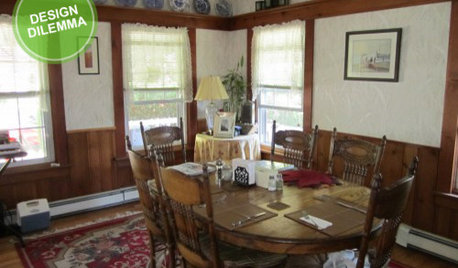
Design Dilemma: Keep or Nix Knotty Pine?
Help a Houzz User Choose a Paint Color for a Cohesive Design
Full Story
WOODKnotty and Nice: Highly Textured Wood Has a Modern Revival
Whether it's cedar, fir or pine, if a wood has a knot, it's hot
Full Story
PAINTINGKnotty to Nice: Painted Wood Paneling Lightens a Room's Look
Children ran from the scary dark walls in this spare room, but white paint and new flooring put fears and style travesties to rest
Full Story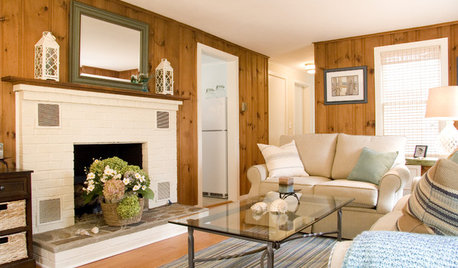
WALL TREATMENTSThese Are Not Your Grandfather’s Pine Walls
The knotty look went from popular to pariah in years past, but today’s designers are finding new and stylish ways to embrace it
Full Story
LIFEThe Good House: An Experience to Remember
A home that enriches us is more than something we own. It invites meaningful experiences and connections
Full Story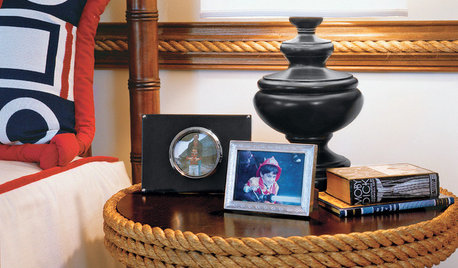
DECORATING GUIDESFeeling Knotty? Add a Little Rope to Your Decor
Neutral, natural and often unexpected, rope is an all-purpose accent on land or sea
Full Story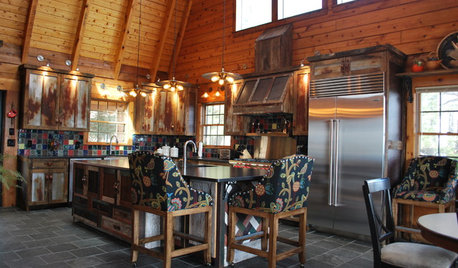
WORKING WITH PROSInside Houzz: New Rustic Style for a Mountain Cabin's Kitchen
A North Carolina couple takes a log cabin kitchen from knotty-pine tear-down to modern-day knockout with rusty tin and reclaimed barnwood
Full Story
REMODELING GUIDESYour Floor: An Introduction to Solid-Plank Wood Floors
Get the Pros and Cons of Oak, Ash, Pine, Maple and Solid Bamboo
Full Story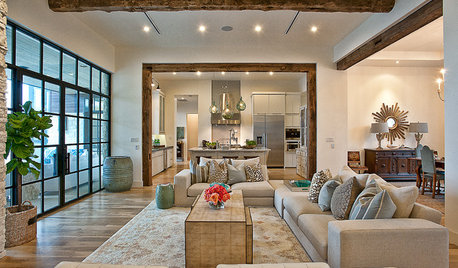
LIVING ROOMSLay Out Your Living Room: Floor Plan Ideas for Rooms Small to Large
Take the guesswork — and backbreaking experimenting — out of furniture arranging with these living room layout concepts
Full Story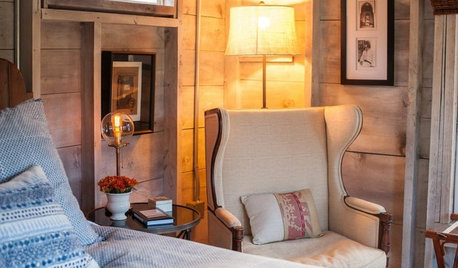
ROOM OF THE DAYRoom of the Day: A Maine Guest Cottage Steeped in Charm
Once offering eggs for sale, this little guesthouse now offers a serene experience in a refined rustic setting
Full Story





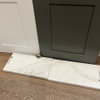

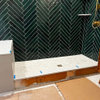
User